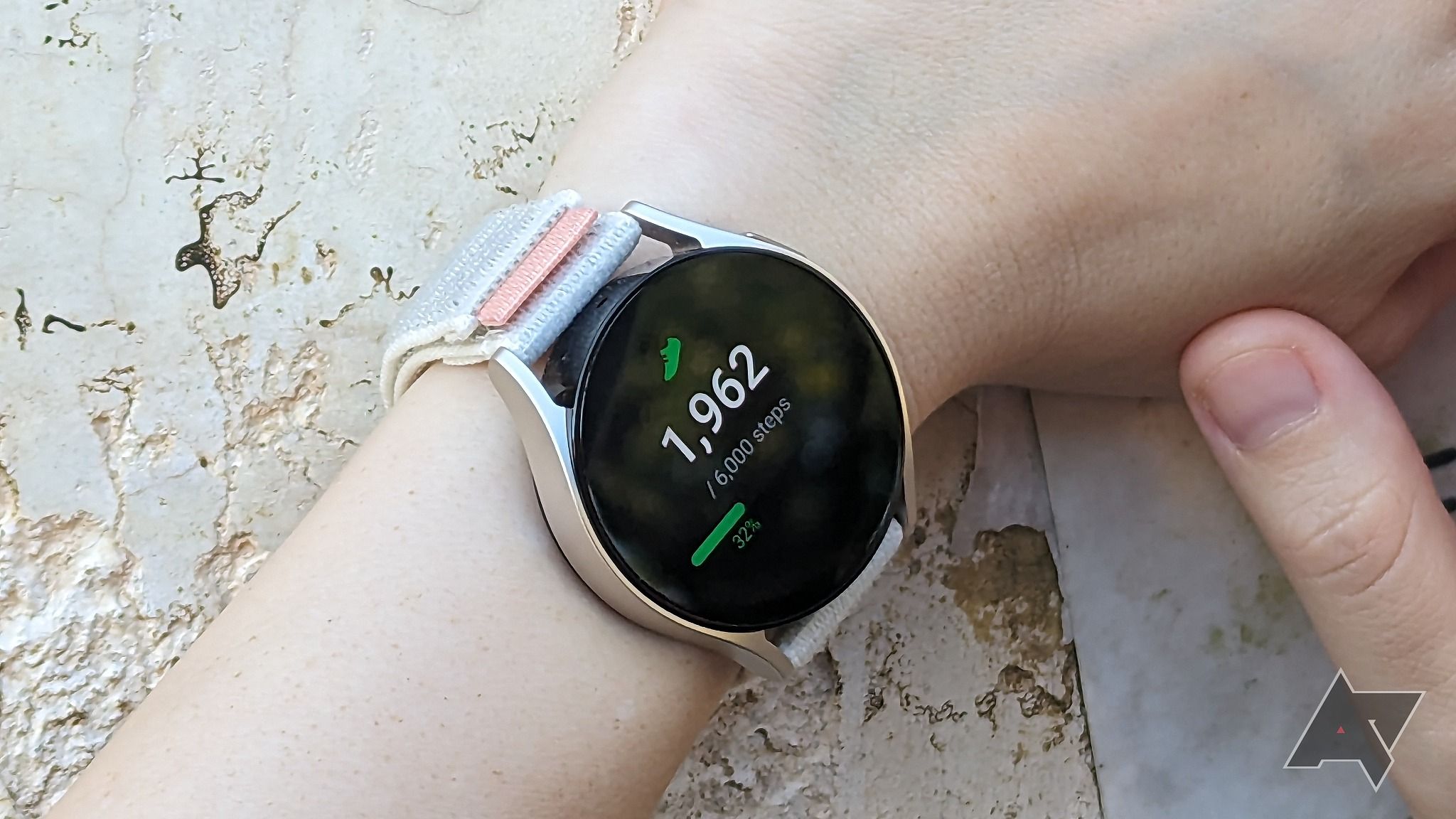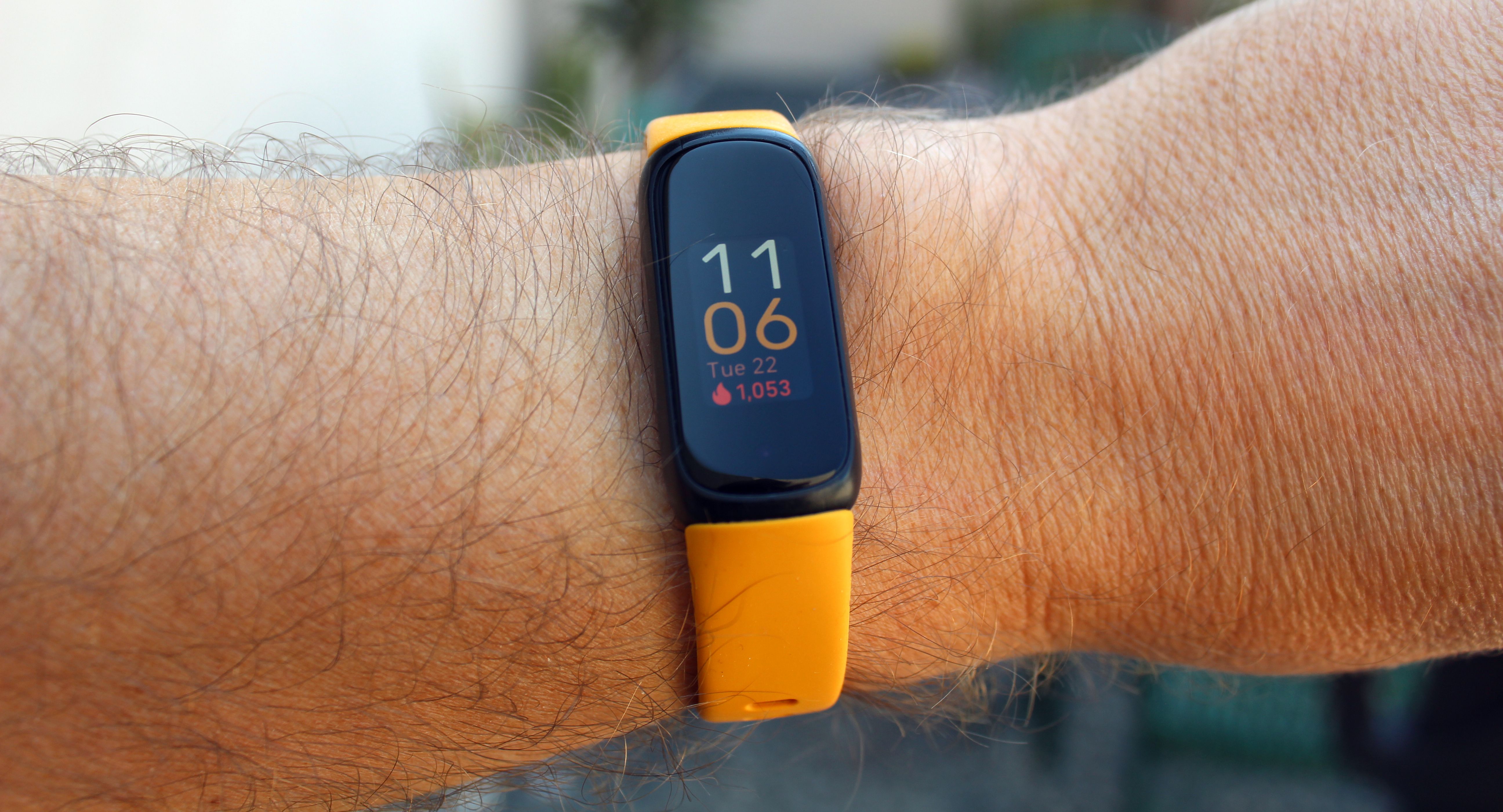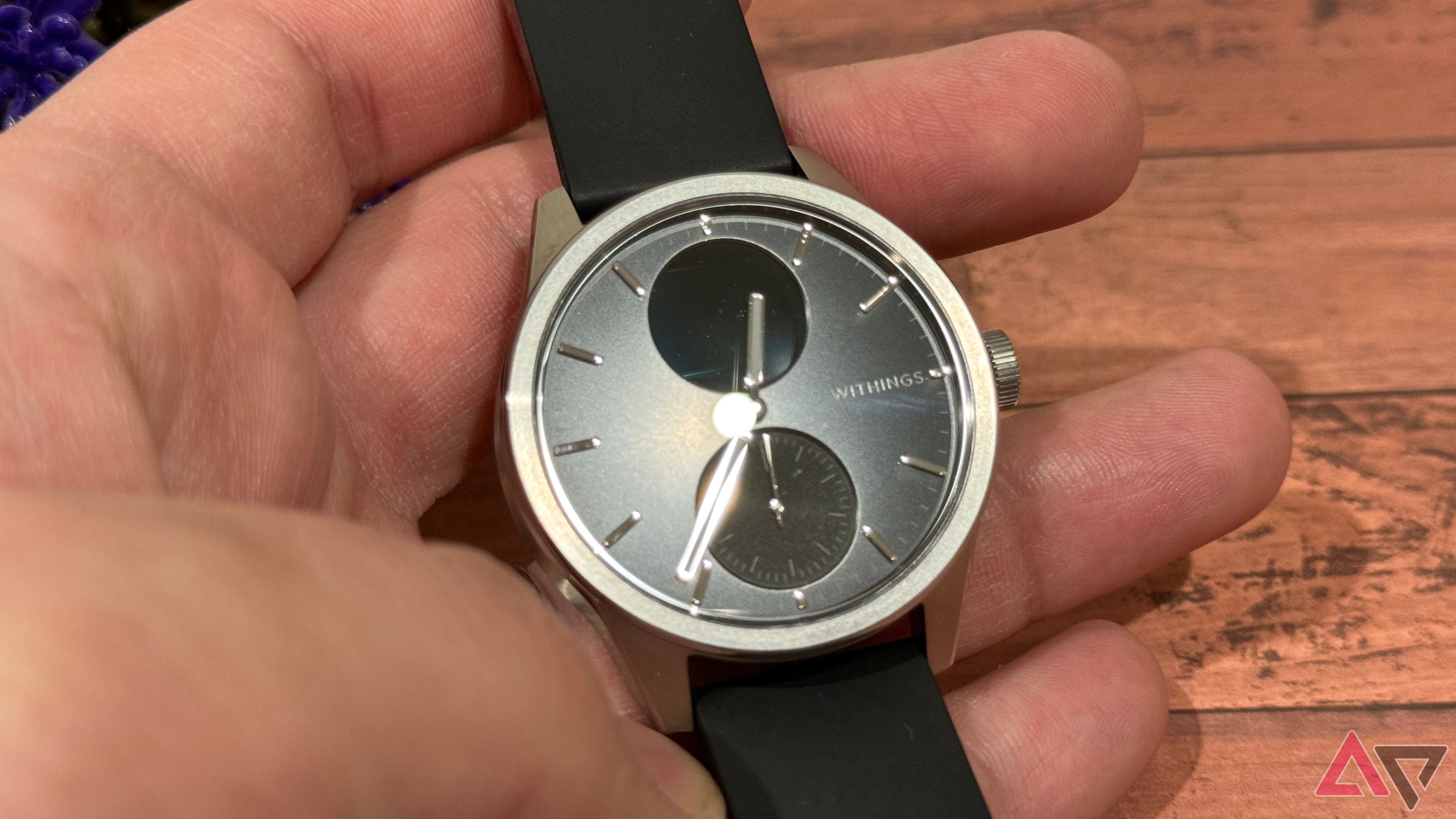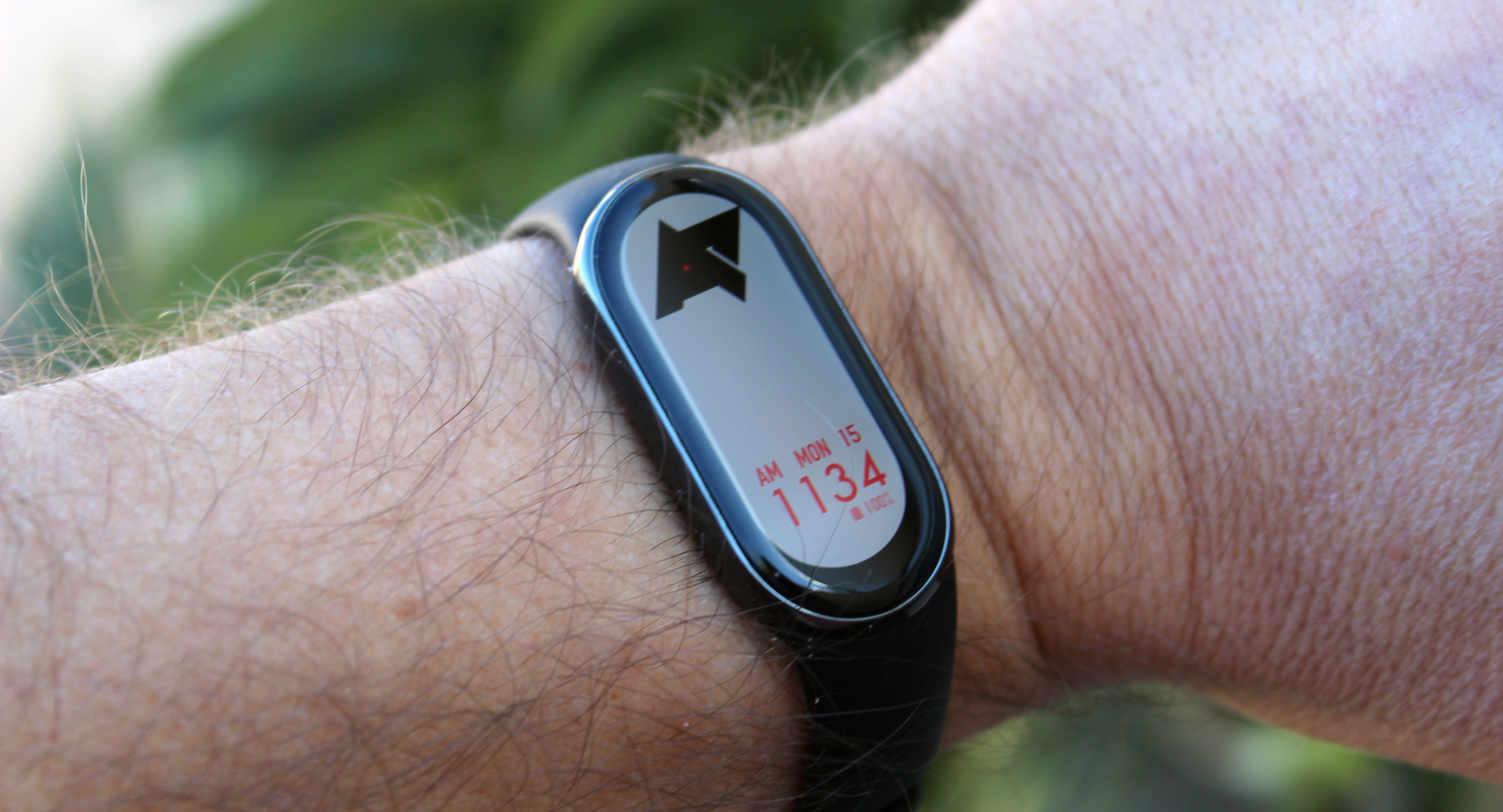Fitness trackers don’t discriminate by age, opening up a number of options for those living their golden years who want a little extra peace of mind on their wrists. It’s no secret that staying active later in life helps with vitality, so if a fitness tracker can induce some movement, why not wear one?
The good news is that fitness trackers have only been getting better over time, including the fitness trackers on smartwatches. Let’s talk about the ability to track various metrics on the Samsung Galaxy Watch 6 and other smartwatches worthy of your attention.
Get moving with these fitness trackers
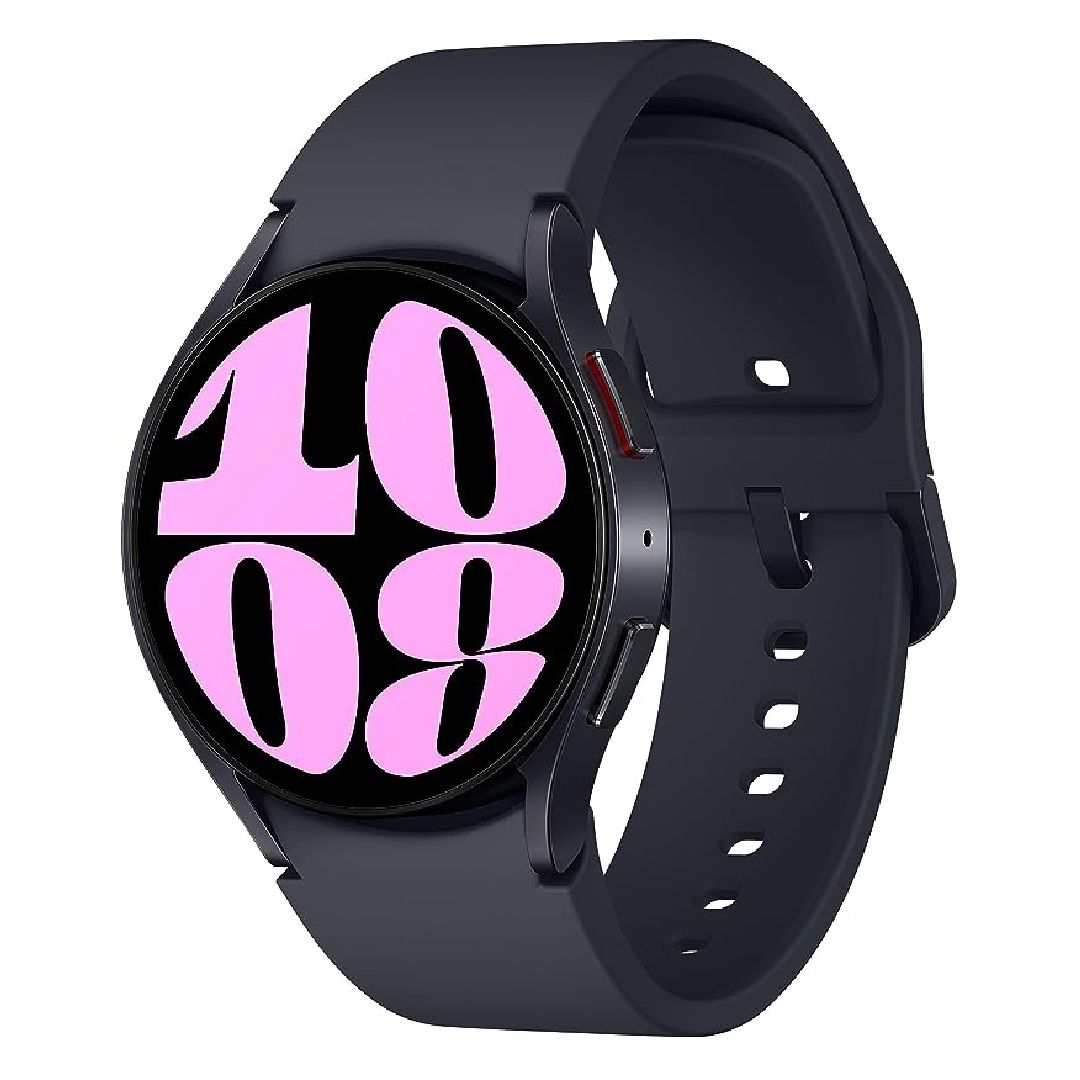
Samsung Galaxy Watch 6
Ready to wear anywhere
The Samsung Galaxy Watch 6 has several features to track health and fitness metrics at all times, including specific ones related to heart rate, blood pressure, skin temperature, and sleep. These features are more pronounced when you’re already in the Samsung ecosystem.
- Lightweight and comfortable
- Good health and fitness tracking features
- Plenty of customization
- Not a big leap over previous gen
- ECG and BPM still require Samsung phones
- Shorter battery life
Samsung tweaks its smartwatches with each iteration, which continues to be the case with the Galaxy Watch 6. The Classic variant of the watch brings back the physical rotating bezel to more precisely navigate the modified Wear OS on the device, but you can manage with the haptic touch bezel or swipe on the touchscreen itself.
As for tracking, the watch still handles the basics, like steps, calories burned, heart rate, and sleep quality, among other things. Only now, you get a skin temperature sensor that works, particularly during sleep to track fluctuations, while the SpO2 sensor tracks blood oxygen and the onboard microphone can listen for snoring. It may be the best investment your spouse made toward a good night’s sleep. Samsung Health can keep tabs on all of these details, including sleep coaching to help improve slumber. Body Composition can provide some insight into your overall muscle, fat, and bone metrics.
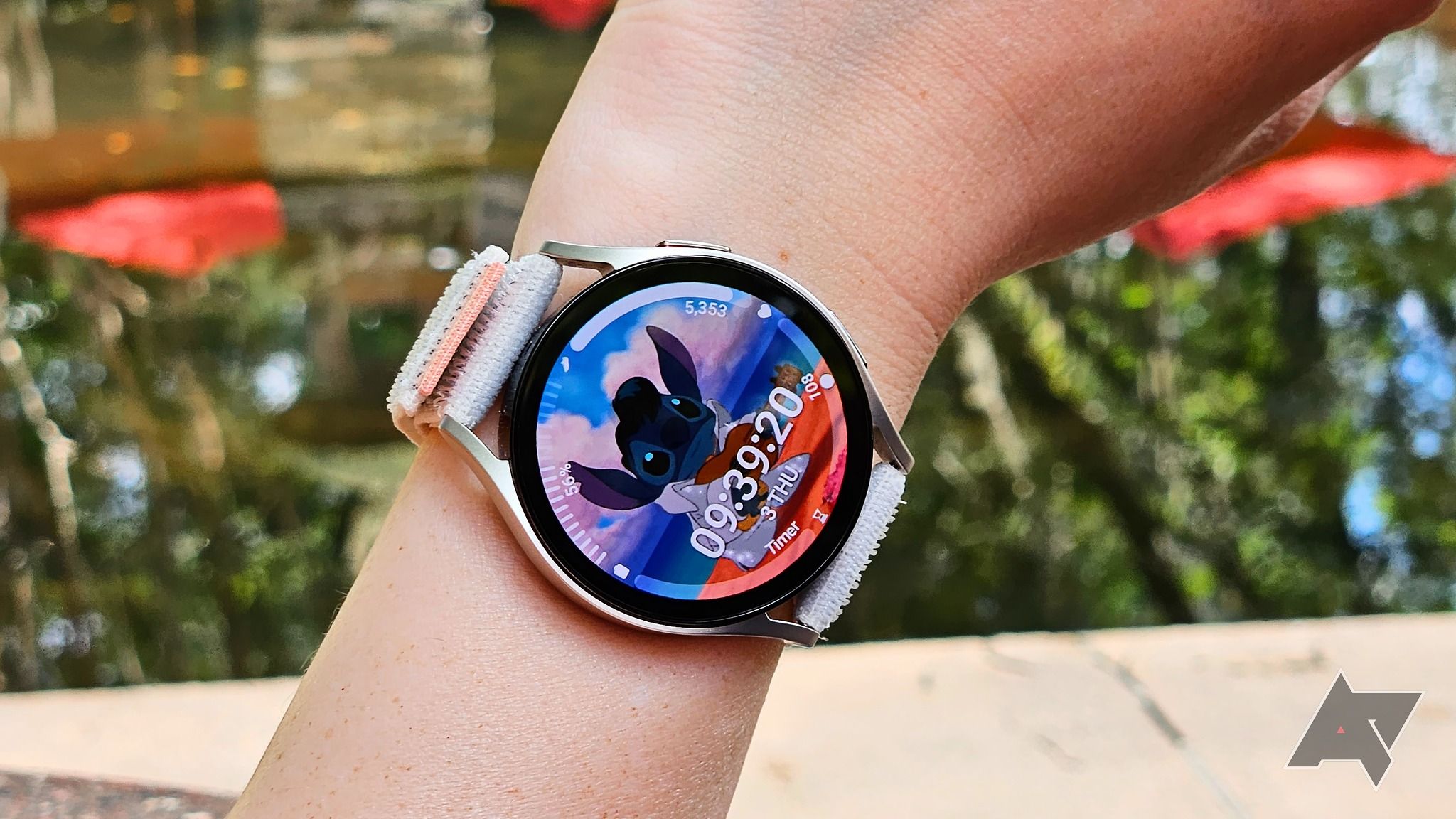
Samsung Galaxy Watch 6 review: Bright but never bold
Call it boring, but it’s still the best Android smartwatch, hands down
If you can access them, the ECG (electrocardiogram) and BPM (blood pressure monitor) features work exclusively with Samsung phones. And if you’re an avid golfer, there are apps you can use that piggyback off the Watch 5 to keep tabs on both your movement and your game.
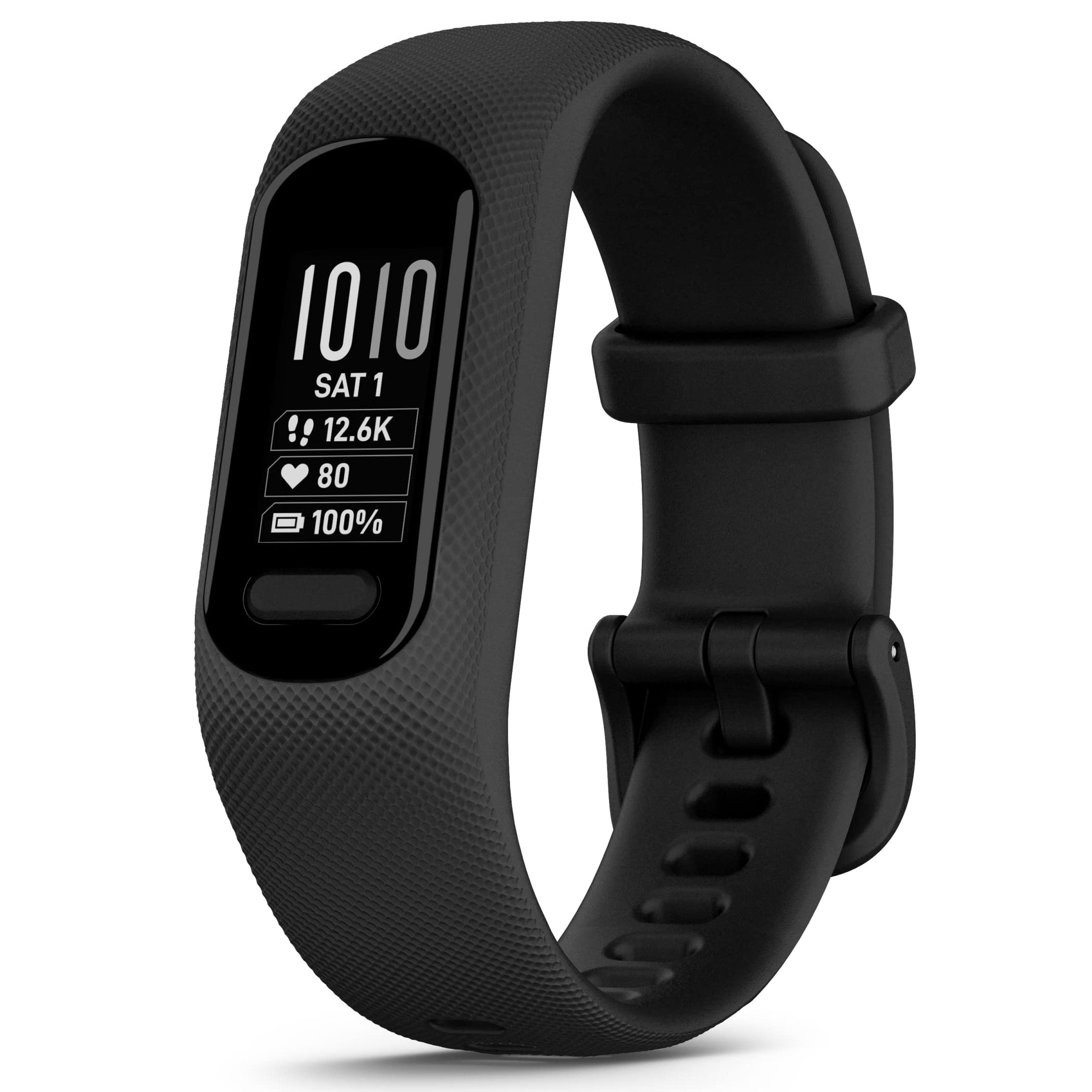
Garmin Vivosmart 5
No color, no problem
The Garmin Vivosmart 5 is certainly less colorful than other fitness trackers in light of its monochrome screen. But it makes up for that with a durable body and plenty of tracking features to stay on top of a healthier lifestyle.
- Excellent tracking options
- Durable and comfortable
- Body Battery is a nice guide
- No color screen
- No built-in GPS
The Garmin Vivosmart 5 keeps things simple enough for those who want simplicity and flexibility. It covers a variety of exercises apart from standard activity tracking, making it useful for those moments when you need to turn it up or tone it down.
It lacks color on the screen, which just punctuates the focus on what this nifty tracker is capable of. And its 5ATM rating means you won’t have any problem taking it for a swim. But on the downside, there’s no built-in GPS to track distance for any activity you undertake unless you have your phone with you.
There’s a cool feature called Body Battery that provides insight into your energy level each day, giving you an idea of when you should rest or do something active. The Garmin app also presents a “fitness age” for estimating how old you are based on your performance metrics. Not a bad way to feel young again.
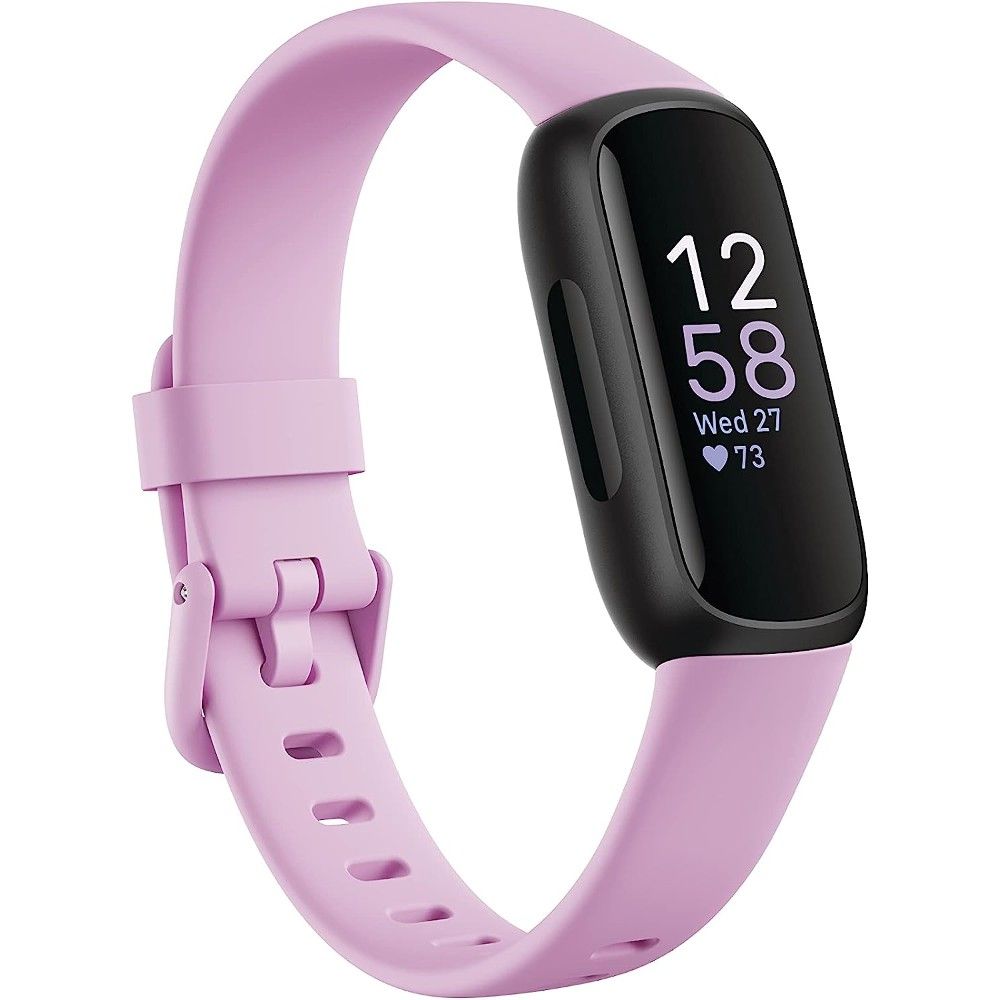
Fitbit Inspire 3
Small and comfortable
The Fitbit Inspire 3 is an excellent fitness tracker with unique features designed to help users monitor and manage stress levels while also tracking and encouraging fitness.
- Color screen
- Solid battery life
- Budget-friendly price
- Subscribe for more content
- Harder to read in bright sunlight
Fitbit manages to squeeze a fair bit of features and functionality into its Inspire 3, starting with a color touchscreen that feels intuitive to use. Designers and engineers also managed to shed a little girth and make it thinner and lighter to wear, adding some extra comfort when leaving it on all day and night.
You’ll have to pay for a Fitbit Premium subscription if you want more context for your activity and sleep cycles, such as the Daily Readiness Score, which tells you whether you’re good to go for a workout or if you need rest. Premium also offers guided workouts, meditation, and recipes for staying in shape.

Fitbit Inspire 3 review: A lightweight tracker with impressive battery life
A bit on the pricey side for an entry-level tracker, but it’s got all the goods to get you started
It’s waterproof enough to work fine while swimming and can handle hot and sweaty conditions. In addition, the SpO2 sensor captures blood oxygen data while you sleep, along with standard steps and heart rate monitoring. Battery life holds up really well at no less than a week before needing a charge.
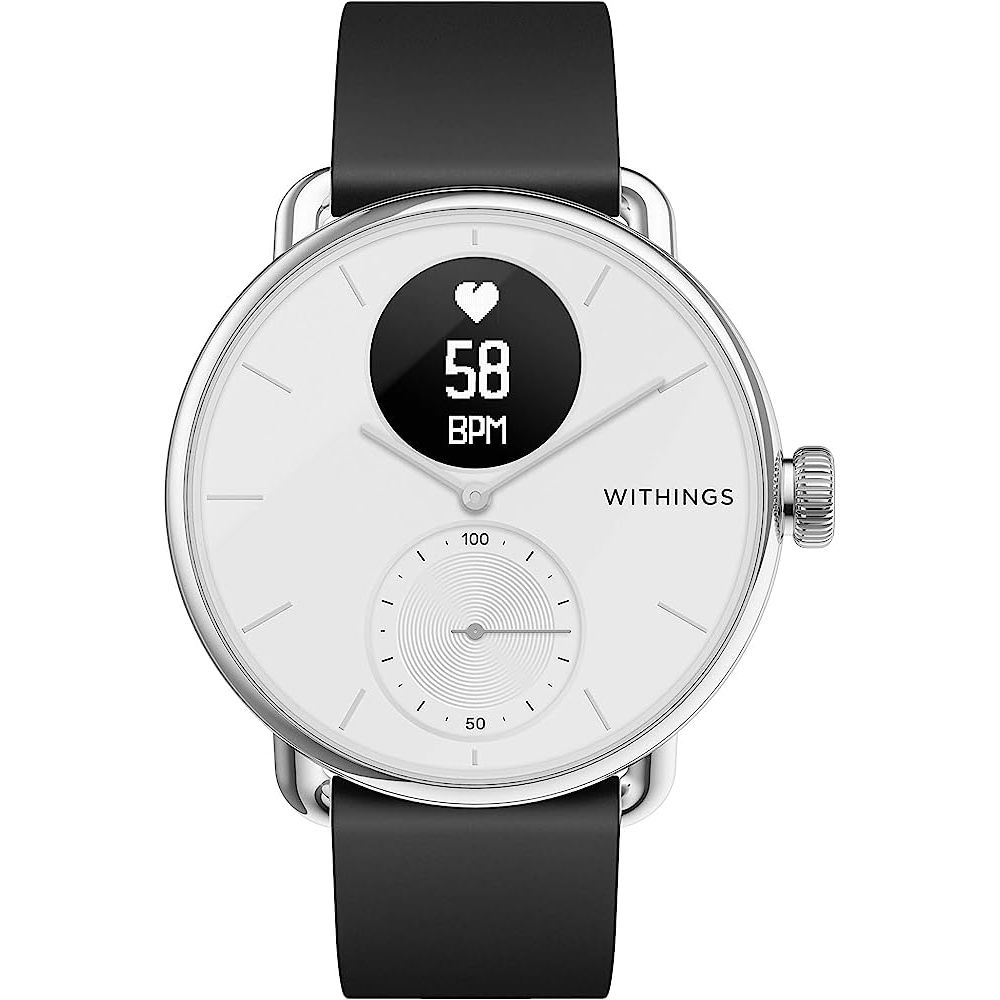
Withings ScanWatch 2
Old school look, modern performance
The Withings ScanWatch 2 is unlike any other product on this list in that it looks like an analog watch, yet works as an effective fitness tracker with a heart rate monitor, pulse oximeter, body temperature tracker, and daily step counter. Plus, you can expect battery life for up to a month.
- ECG and body temperature tracking stand out
- Stylish design
- Good battery life
- No touchscreen
- Limited feature set
The ScanWatch 2 is less about what’s on the outside and more about what’s on the inside. It looks good, taking its design cues from classic timepieces, but it’s also a hybrid smartwatch with solid tracking capabilities. It is the more feature-packed option compared to Withings’ ScanWatch Light, which has a similar look to it.
The big standouts are the medical-grade ECG and pulse oximeter, capable of looking out for atrial fibrillation (AFib) and possible sleep apnea. Add the SpO2 sensor and heart rate monitor, and this watch can cover a lot of ground for both health and fitness. New to this watch is are body temperature sensors to track changes throughout the day that may indicate something is off or act as a heads up whenever you need to know something’s changed.
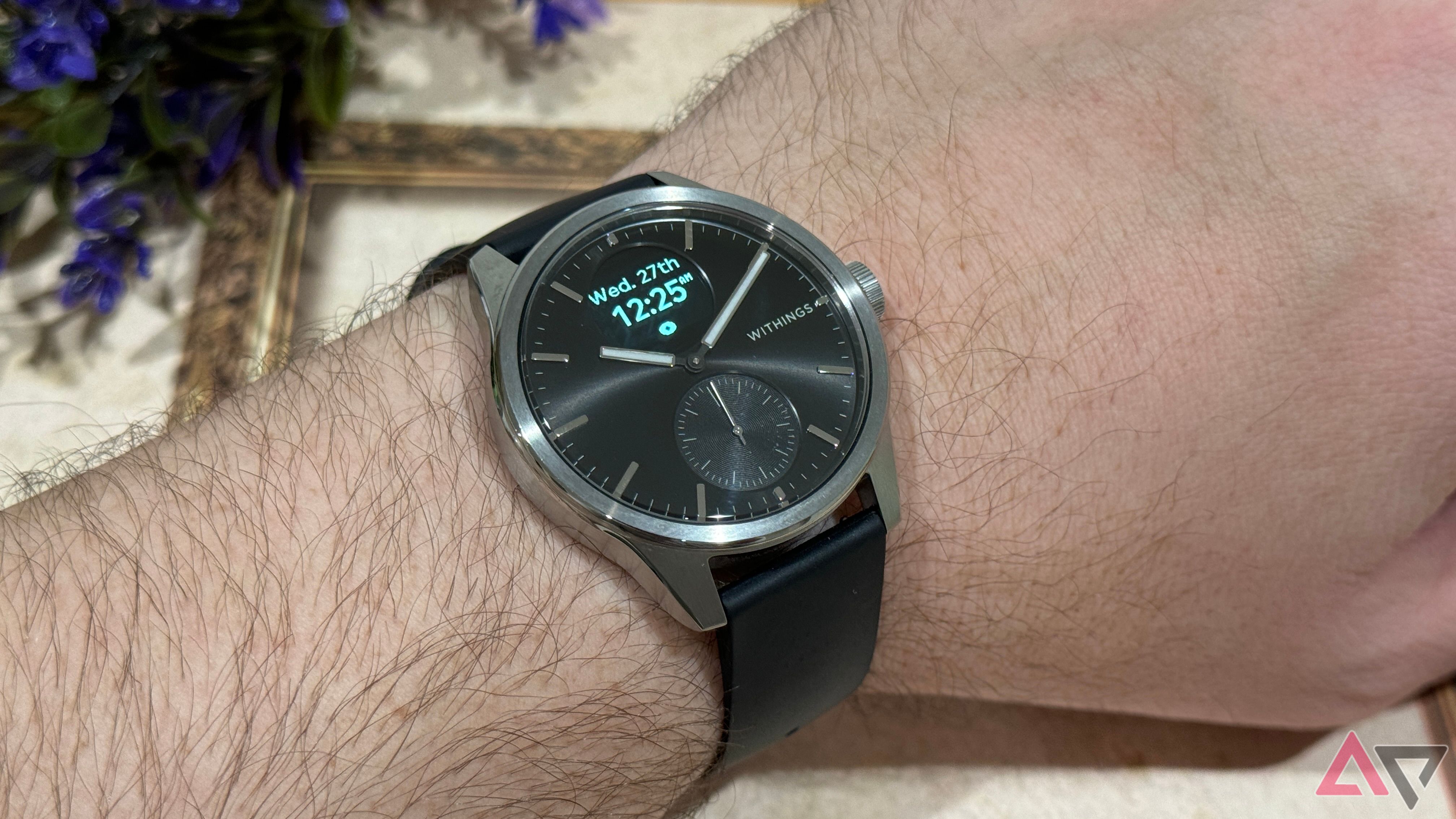
Withings ScanWatch 2 review: The smartwatch you wear to dinner
It’s not perfect, but the ScanWatch 2 offers digital features with an analog aesthetic
The watch can even warn you if your resting heart rate is lower or higher than normal, while the ECG could be a warning sign if something’s off. Throw in all the exercises and activity-tracking options, and you get a lot out of the ScanWatch 2. Battery life largely depends on what tracking features you routinely use, so the range can stretch from 10–30 days.
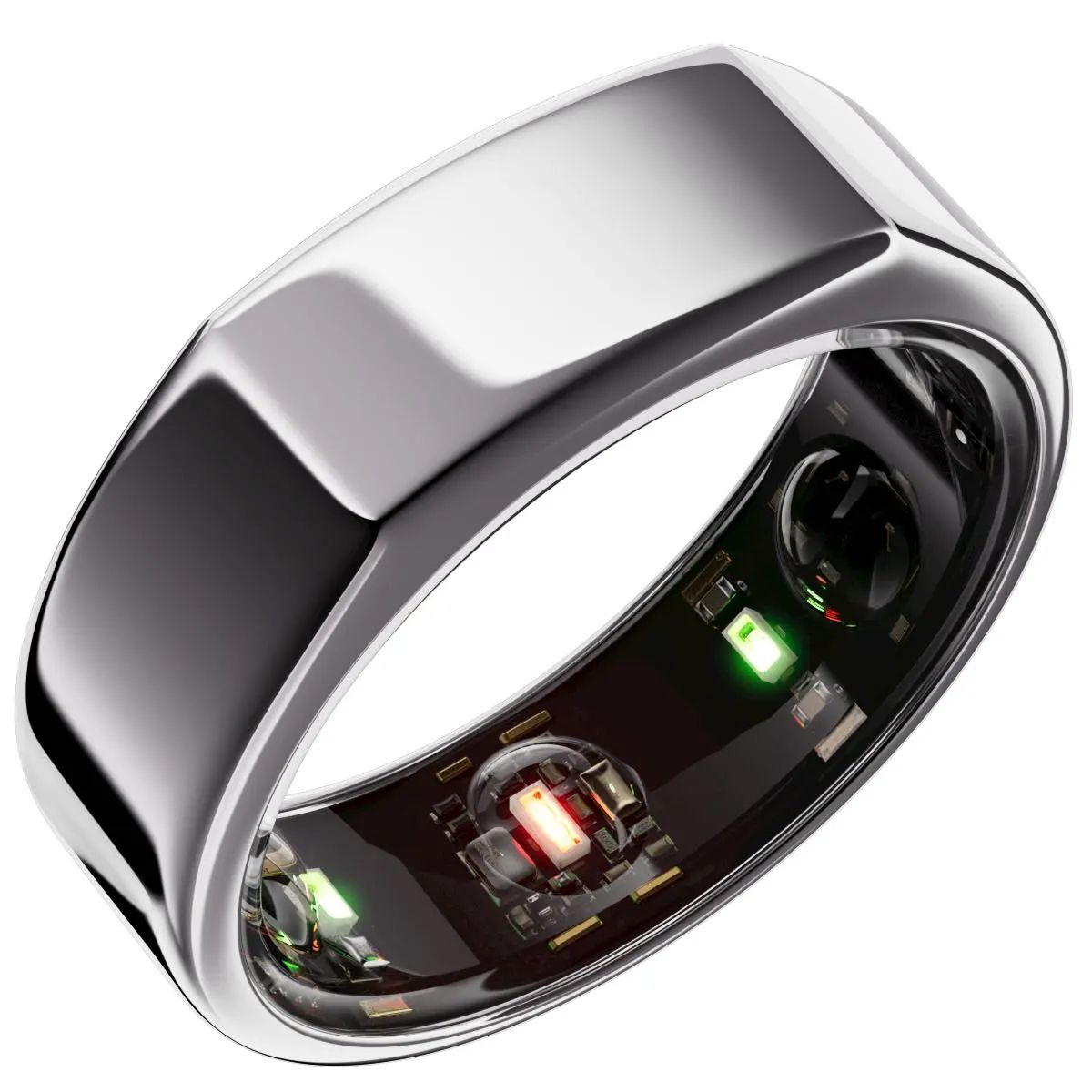
Oura Ring 3
Put a ring on it
If you’d rather not put something on your wrist, slip on the Oura Ring 3 on your finger instead. It may look small, but it tracks your activity and health metrics in much the same way as a watch. It even tracks smarter things like blood oxygen levels and sleep quality. You just have to be patient to get the right fit.
- Tailored fit
- Plenty of tracking options
- Durable and comfortable
- Fitting test requires patience
- Extra features require a subscription
If you already wear a watch you like, why not wear a ring to track activity instead? The one catch is you have to go through a testing process to find the right fit for Oura to send a finished Ring that fits you properly. Even so, the third-gen Oura Ring is a more polished device than the first model that debuted years ago — so much so, in fact, that it tracks many of the same metrics as other fitness trackers.
One of the more significant features is the SpO2 sensor that tracks blood oxygen during sleep, plus there’s an extended feature called Sleep Staging for digging even deeper into how you’ve slept. These are on top of the non-subscription exercises and activities it tracks — but if you want to get the full gamut of features, you’ll need to subscribe to a subscription on the Oura app.
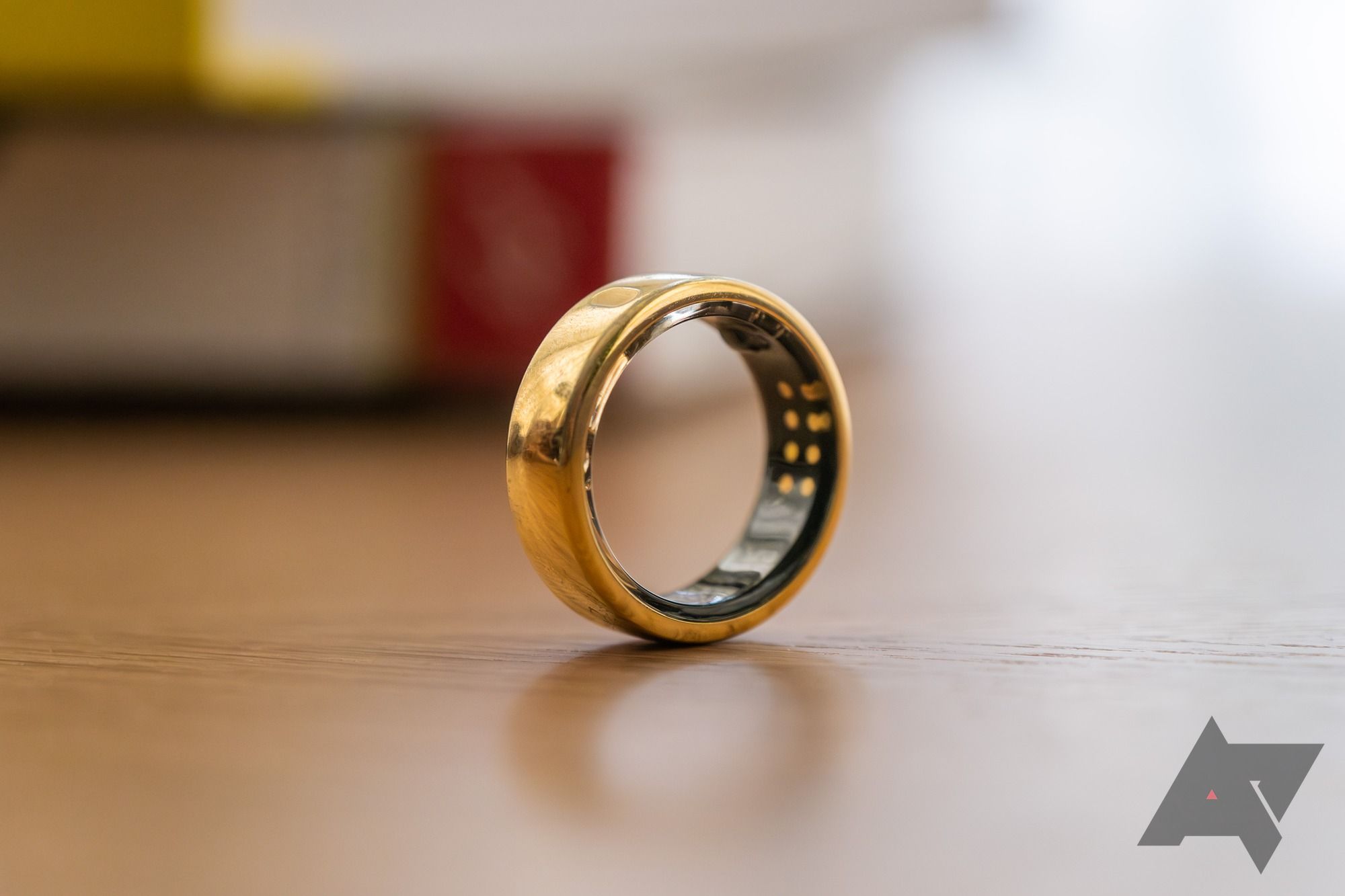
Oura Ring Generation 3 review: Luxury health tracking on your finger
The third-gen Oura Ring is good at what it does, but it starts at $300
If you’re also wondering whether the Ring can handle the daily rigors of life the way any other ring can, yes. It’s perfectly fine with water, soap, oils, and other substances your hands will likely come into contact with. And despite its small size, battery life lasts several days per charge.
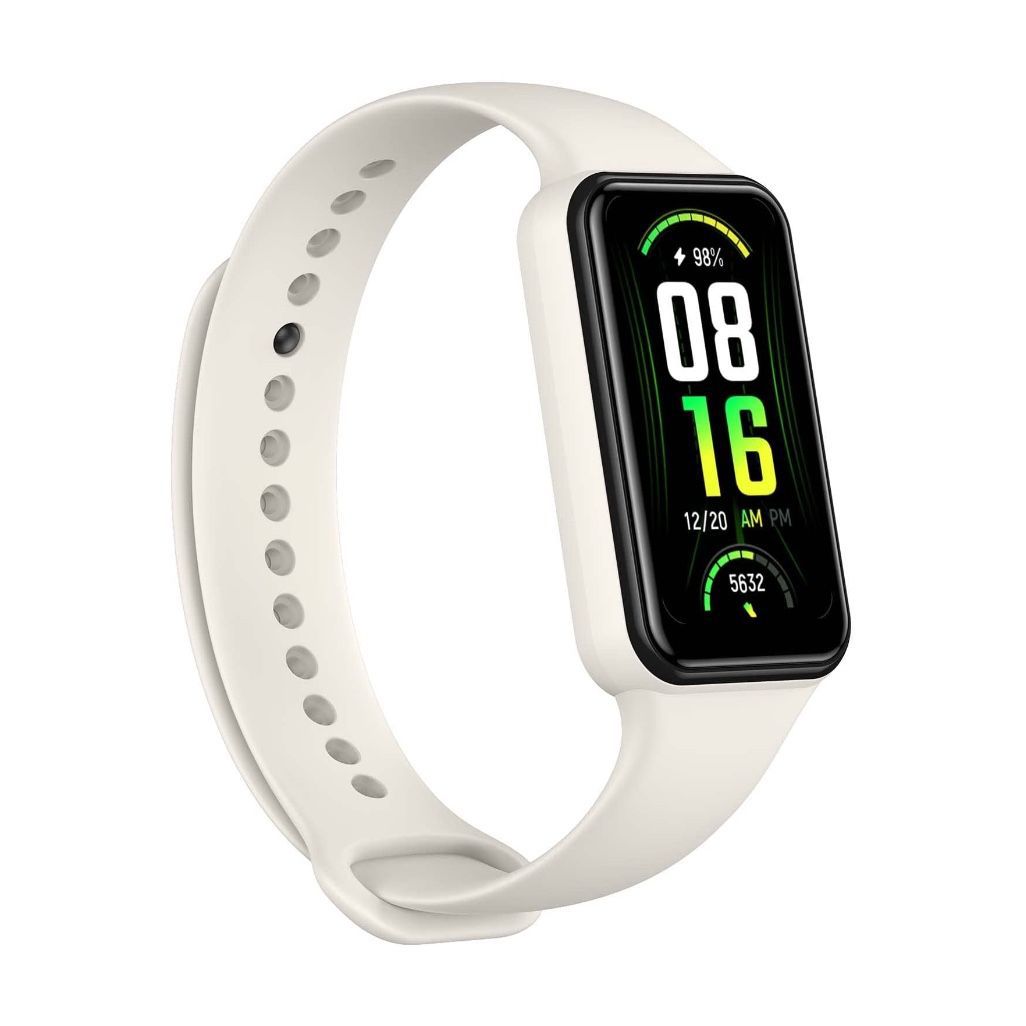
Amazfit Band 7
Getting more for less
The Amazfit Band 7 doesn’t pretend to be something it’s not, considering it comes at an affordable price, but that doesn’t mean it’s terribly limited. It has solid tracking features and a larger display compared to others in the same price range, making it easier to see your progress at all times.
- Larger screen
- Tracks many exercises
- Great price
- Notifications are not actionable
- Shaky GPS-assisted tracking
The Amazfit Band 7 proves you don’t have to break the bank to keep tabs on how active you are. You can strap this on your wrist for $50, and assuming you’re okay with the fact it’s not as fashionable as others are, you’ll get by with what it offers. The 1.43-inch OLED display is on the larger side for a fitness tracker, which is great if you want more visible tracking info and notifications.
What’s amazing is that such a cheaper tracker can measure blood oxygen and track a wide array of exercises and activities. Amazfit added unique ones you don’t see elsewhere, like folk dancing, archery, billiards, board games, and even chess and checkers. Unfortunately, it doesn’t have a built-in GPS, and even the assisted GPS sometimes goes astray.
At least Amazfit keeps things simple here, as there’s no subscription to consider. Plus, battery life holds up really well, letting you keep going for two weeks before charging it again.
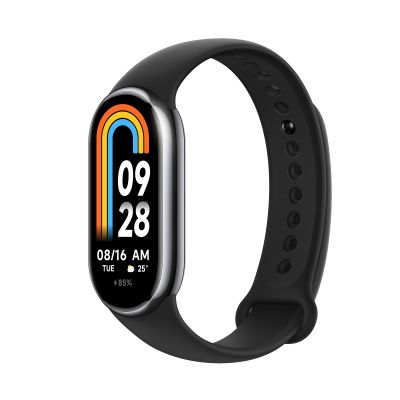
Xiaomi Smart Band 8
For your health and budget
The Xiaomi Smart Band 8 stands out for its feature set relative to its budget-friendly price. A vibrant AMOLED screen, long battery life, and tracking features underline a lightweight device that’s easy to use.
- Budget-friendly
- Great battery life
- Lightweight and customizable
- Lacks advanced features
- Proprietary charger
- Strap design is finicky
This fitness tracker doesn’t try to do too much outside of its budget-friendly parameters, though you do get more than you bargained for when considering everything available. The fitness tracking features include over 150 workout modes with some extra emphasis on running. The device even operates independently from the straps in that you can attach it to your shoe with the right Xiaomi accessory to track running form, flight ratio, and ground contact time.
Overall fitness and exercise tracking is otherwise going to be fairly limited, though some good features are readily available. There is an SpO2 sensor to monitor blood oxygen, along with a heart rate monitor and sleep tracking. With 5ATM water resistance, the Band 8 will also track swimming and other waterborne activity. Helping the cause is that the device is also very lightweight, so shouldn’t feel cumbersome in any way, regardless of the activity. The good news is if you find the strap a little finicky, you can find other third-party straps made of different materials and sporting other fastening mechanisms.
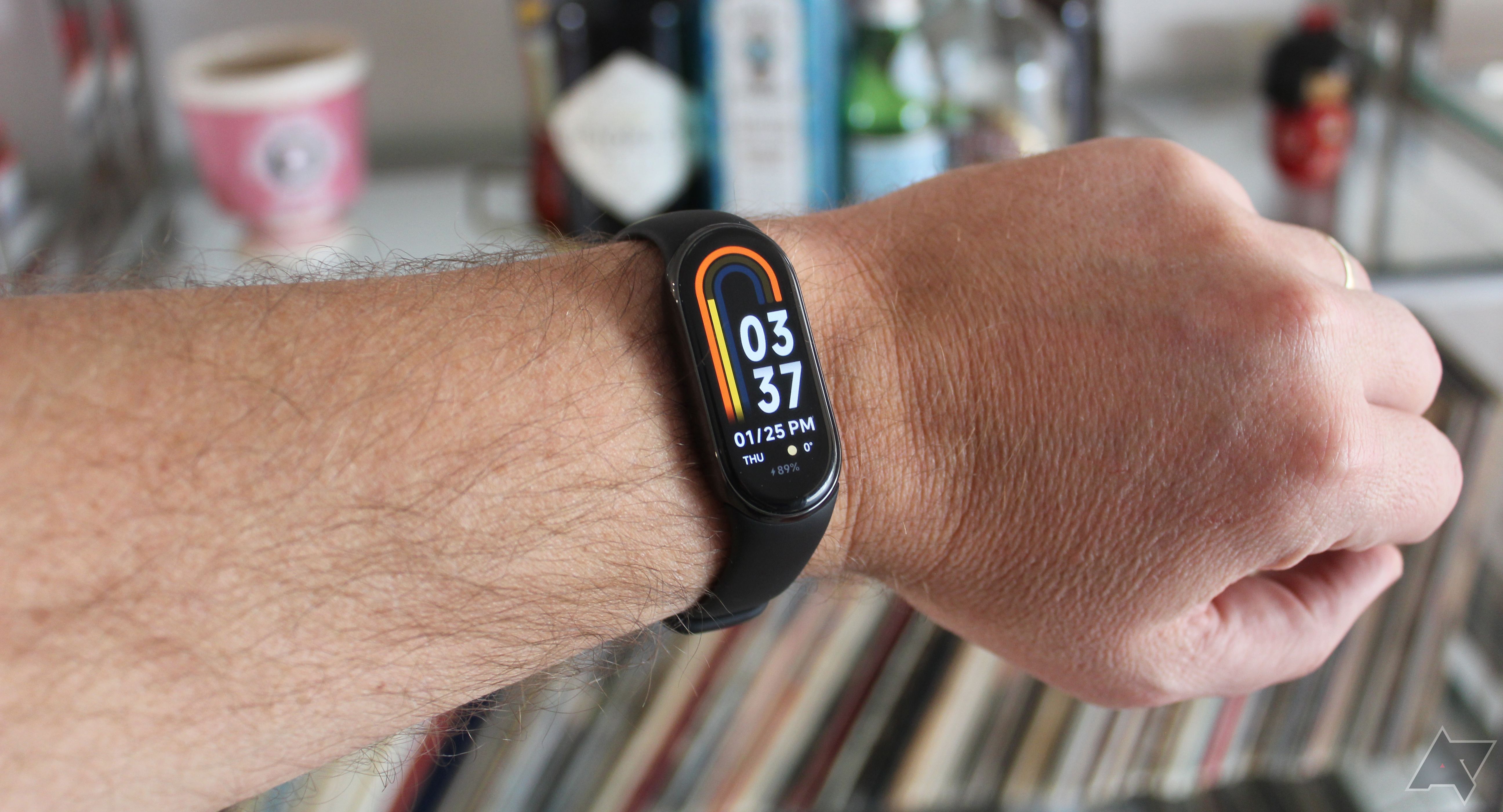
Xiaomi Smart Band 8 review: Fitness tracking on a budget
This is a lot of fitness band for just $50
Despite the fact there’s a proprietary charger you don’t want to lose, you won’t have to recharge it as often as most others on this list. It will last up to two weeks per charge if you leave the always-on display off and don’t enable continuous heart rate monitoring.
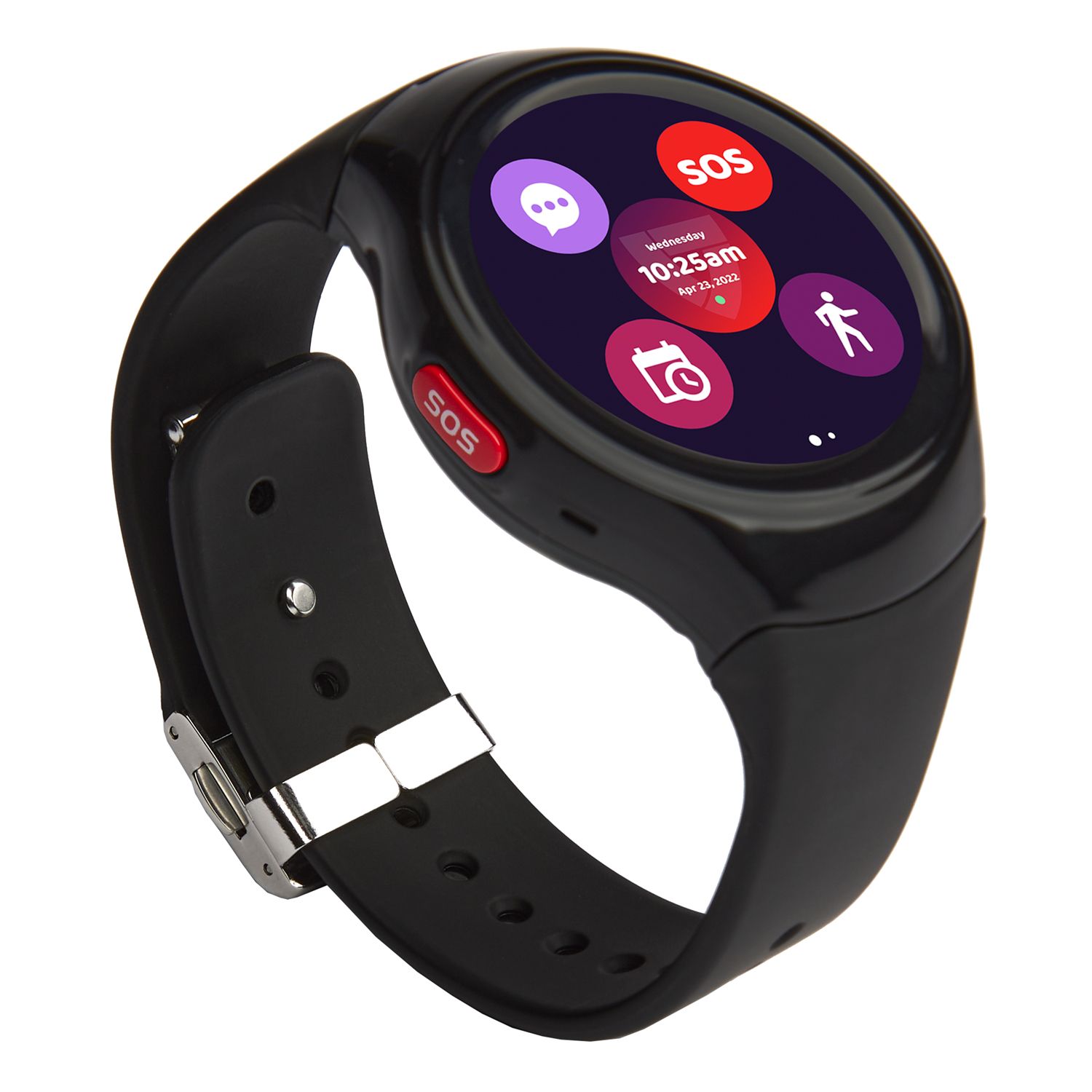
Medical Guardian MGMove
Get help when you need it
The MGMove is a unique wearable aimed specifically at seniors looking to wear a device that can track activity and call for help when necessary. While it doesn’t have a heart rate monitor, it can track steps and basic activity. Plus, there’s an SOS button and additional subscription options to get even more out of it.
- Unique features for seniors
- Direct access to emergency services
- 24/7 monitoring
- No heart rate monitor or SpO2 sensor
- Shorter battery life
- Expensive with all subscriptions
The MGMove was built for seniors, and that focus makes the device more than just a product; it’s a commitment. That means you have to pay $40 extra per month on top of the $200 hardware cost for a subscription that takes the smartwatch beyond tracking activity. For example, there’s 24/7 monitoring where just touching a button will have a live operator dispatch first responders to your location.
Other useful features, like medication scheduling, appointment reminders, and a portal to access caregivers, solidify exactly who this device was made for. The MyGuardian app plays a key role in setting things up, including the ability to bring in loved ones who want to help and keep track. The only challenge is some of these neat add-ons only come with additional monthly fees.
Oddly, the MGMove doesn’t have heart rate monitoring or an SpO2 sensor to measure blood oxygen. So while it tracks steps and general activity, it doesn’t provide a health snapshot based on the fitness data the watch collects. The battery lasts 24 hours max before you need to charge it again.
Here’s something for those golden years
The best fitness trackers apply pretty universally to every adult willing to wear one, which is great news for seniors who want in on the action. While some features may skew toward younger, more active folks, most of what’s available comes with plenty of features for those in their golden years.
The Samsung Galaxy Watch 6 is a good example because it traverses more than age. It also offers a deeper way to stay on top of fitness and health data. Between the exercise-tracking features and health-focused sensors, it provides one of the best combinations of fitness and health tracking you can get on your wrist today.
If you’d prefer strapping on a fitness tracker over a smartwatch, the Garmin Vivosmart is a compelling alternative that, despite its lack of a color screen, is deep and efficient for what it can do on a daily basis. Looking for color instead? The Fitbit Inspire 3 comes with a color screen and some good features, but be prepared to pay for Premium to truly get the most out of what it can do.

Samsung Galaxy Watch 6
The Samsung Galaxy Watch 5 brings a lot to the table, from the sapphire glass and refined design on the outside to the fast performance and excellent software on the inside.




